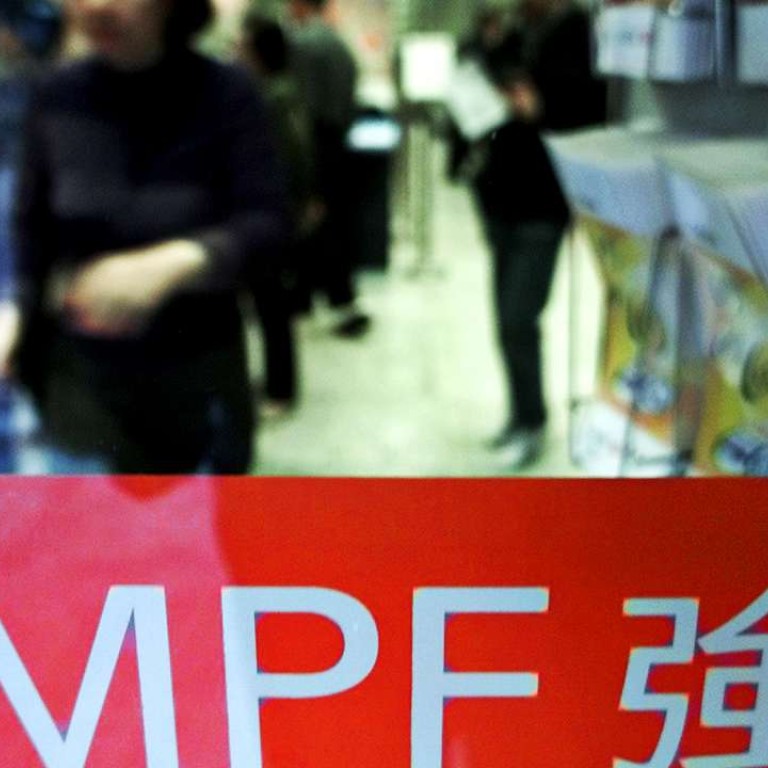
Hong Kong employers to pay millions following proposed removal of MPF offsetting mechanism
Chief Secretary Matthew Cheung Kin-chung says firms will incur HK$147 million additional expense in first year, despite subsidies
Chief Secretary Matthew Cheung Kin-chung confirmed the additional expense on Thursday while revealing the government’s proposal to abolish the mechanism. Scrapping the feature would stop employers from using the money they put into staff retirement funds to offset severance and long service payments.
“The government will be offering a subsidy for a period of 10 years. We have really thought out of the box doing this,” he said.
“In the coming three months, we will be in touch with the business and labour sectors, as well as other stakeholders.”
Under the proposal, the government will take HK$6 billion from the HK$50 billion already earmarked for retirement proposal purposes. In the first and second year after the mechanism is scrapped, the government will subsidise 50 per cent of the money employers spend on severance and long service payments.

In the third and fourth year, the subsidy will be reduced to 40 per cent, then 30 per cent in the fifth and sixth year, 20 per cent in the seventh and eighth year, and 10 per cent in the ninth and tenth year.
In the first year following the removal of the mechanism, the government estimated employers would have to pay an extra 0.01 to 0.02 per cent of total wages, or between HK$111 million and HK$147 million.
By the fifth year, as subsidies reduce, the extra financial burden will rise to 0.2 per cent, or HK$1.4 billion to HK$1.9 billion. In the eleventh year, it will increase to 0.5 per cent to 0.6 per cent, or HK$4 billion to HK$4.9 billion.
In his final policy address on Wednesday, Chief Executive Leung Chun-ying opted not to launch a universal pension scheme. Instead, the administration revised the Old Age Living Allowance, which currently entitles senior residents to payments of HK$2,565 per month.
Under the revised allowance scheme, the asset limit will be relaxed from HK$225,000 to HK$329,000, a move expected to benefit an additional 127,000 elderly Hongkongers. Recipients with assets less than HK$144,000 – some 365,900 people – will be eligible for a higher monthly allowance of HK$3,435.
Cheung jumped to his boss’s defence on Thursday, saying Leung did not promise to introduce a universal scheme when he ran for the top job in 2012.
The city’s second highest ranking official made the remarks after a video of Leung speaking at a forum in 2012 surfaced on social media. At that forum, Leung said it was “worth introducing” a universal scheme.
Cheung said Leung made the remarks before he had finalised his election platform. Leung did not promise to introduce a universal scheme in his platform, Cheung added.

